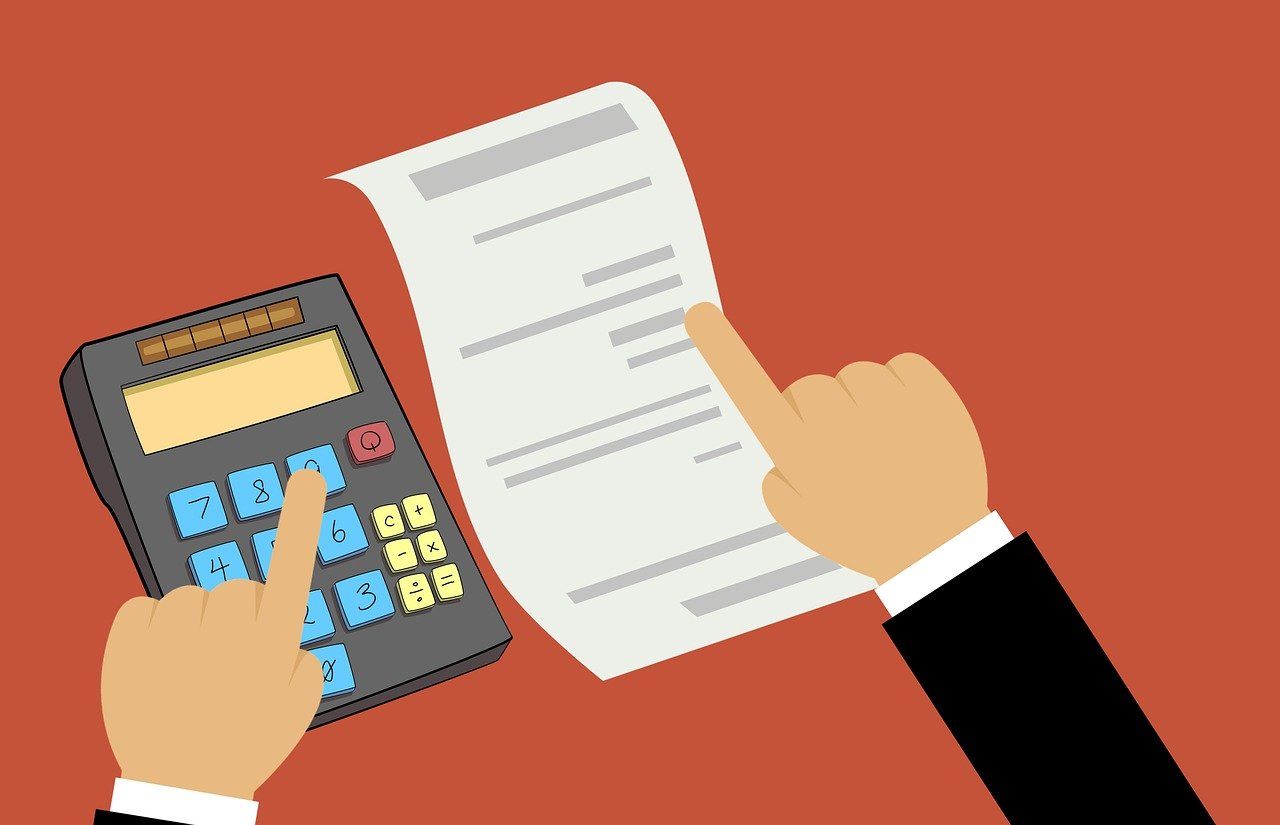Electronic Invoice: How to automate the invoice?
In the digital age, document management has become a crucial competitive advantage for companies. The Electronic Invoice not only digitizes but revolutionizes the way we handle transactions. How can you implement it effectively in your business? What are the benefits of electronic invoice automation and how does it compare to traditional invoicing? We will explore these aspects and also delve into the future trends of document security in the relationship with suppliers.
Electronic Invoice: The digital revolution in document management
The elnvoice is not simply a digital transition; it is a complete transformation in document management. In a world where speed and precision are crucial, the electronic invoice emerges as an essential component for business agility. The ease of access, the reduction of errors and the optimization of resources are just some of the advantages that make the electronic invoice a true revolution in the way we handle our financial document
In Dost AI, we automate the management of your elnvoice thanks to our Artificial Intelligence software, eliminating all the associated manual processes and reducing the costs associated with these tasks by more than 90%.
Practical steps to automate the Electronic Invoice in your business
The successful implementation of Electronic Invoicing requires a clear understanding of the practical steps. From the selection of the right platform to the integration with existing systems, each step is crucial to ensure a smooth transition towards electronic invoicing automation. In this segment, we will break down the essential elements that ensure an effective and efficient implementation.
1️⃣ Generation of the invoice
The seller creates the electronic invoice in an invoicing software or on a specific platform. It must include all the data required by the tax regulations of your country.
2️⃣ Digital signature
The invoice is digitally signed to guarantee its authenticity and integrity. This done using a digital certificate, which is a kind of "electronic signature" that verifies the identity of the issuer.
3️⃣ Send to the client
The invoice is sent to the client by electronic means, such as email or through an electronic document exchange platform.
4️⃣ Reception and verification
The customer receives the electronic invoice and checks it. In some countries, the recipient is required to accept the electronic invoice.
5️⃣ Archive and conservation
Both the seller and the buyer must keep copies of electronic invoices for a certain period, which varies according to local regulations.
Depending on who the receiver is (public administrations, other companies or consumers/users), the way to process the electronic invoice is different. On the website of the Ministry of Economic Affairs and Digital Transformation of the Government of Spain you will find the following information:
📝 How to invoice electronically to Public Administrations
📝 How to invoice another company electronically
📝 How to invoice the consumer or user electronically
Advantages and benefits of automating the Electronic Invoice
Beyond digitization, the automation of the Electronic Invoice offers a series of benefits that can transform the way companies handle their financial transactions. From the reduction of errors and costs to the improvement of operational efficiency, we will explore in detail the advantages that accompany automated electronic invoicing. Discover how this transformation can have a positive impact on your business.
🎯 Reduction of errors and greater precision
One of the main benefits of the automated electronic invoice is the drastic reduction of manual errors. Incorrect data entry, a common problem in traditional invoicing, is considerably minimized, guaranteeing that the information is accurate from creation to filing. This not only avoids possible sanctions or disputes, but also improves both internal and external trust.
⏱️ Optimization of processes and payment times
The Electronic Invoice significantly accelerates the life cycle of financial transactions. Manual processes that used to take days are now completed in a matter of hours or even minutes. This optimization not only improves internal operational efficiency, but also has a positive impact on payment times, strengthening relationships with suppliers and optimizing cash management.
💰 Cost and resource savings
The Electronic Invoice eliminates the need to print, send by post and file physical documents. This change to digital is not only environmentally responsible, but also generates significant savings in terms of operating costs. Less paper, less need for physical storage space and reduction of expenses associated with the handling of physical documents contribute to a more efficient and sustainable financial management.
👀 Instant access and greater visibility
With the Electronic Invoice, the documents are instantly available in digital format. This means that the financial and management teams can access information in real time, at any time and from any place. Improved visibility allows more informed and faster decisions to be made, which contributes to greater business agility and the ability to quickly adapt to changes in the commercial environment.
🔰 Regulatory compliance and greater security
The automated electronic invoice facilitates regulatory compliance by providing detailed tracking of transactions. Audits become more efficient and less prone to errors, since all information is digitally recorded and easily accessible. In addition, the advanced security systems incorporated in the elnvoice platforms guarantee the confidentiality and integrity of the data, mitigating security risks.
🤝🏼 Improvement in relations with suppliers and clients
Efficiency in the management of invoices and transactions contributes directly to stronger relationships with suppliers and clients. Faster processing times and improved accuracy no only build trust, but can also lead to more favorable payment terms and beneficial business deals.
📤 Facilitates integration with other business systems
Automated electronic invoicing easily integrates with other business systems, such as ERPs (Enterprise Resource Planning) and CRMs (Customer Relationships Management), further optimizing efficiency and data consistency throughout the organization. This interoperability facilitates the comprehensive management of the company and enhances strategic decision-making.
Automated electronic invoice vs. Traditional billing
The comparison between automated electronic invoicing and traditional invoicing is essential to understand why the transition is essential today. We will analyze the key differences, highlighting the efficiency, security and sustainability of elnvoice compared to traditional methods. What are the obstacles that could be holding back the adoption of this technology in your business?
Characteristic
CREATION OF INVOICES
PROCESSING TIME
MANUAL ERRORS
OPERATING COSTS
ACCESS AND VISIBILITY
DATA SECURITY
INTEGRATIONS
REGULATORY COMPLIANCE
RELATIONSHIP WITH SUPPLIER
Electronic Invoice
✔️ Automated and digital since generation
✔️ Fast, with short transaction life cycles
✔️ Minimal thanks to automated data entry
✔️ Decreases due to the elimination of paper and associated expenses
✔️ Instant access and visibility in real time from anywhere
✔️ High, with advanced security systems and encryption
✔️ Easily integrates with ERP and CRM systems
✔️ Facilitate compliance thanks to digital tracking
✔️ Improve relationships thanks to faster times and accuracy
Traditional Billing
❌ Manual, with the need for physical documents
❌ Longer due to manual processes and postal shipments
❌ Prone to errors due to human intervention
❌ Higher due to printing, postage and physical storage
❌ Limited by the physical location of the documents
❌ Minor, especially if physical documents are handled
❌ Required significant efforts for integration
❌ More complex and error-prone audits
❌ Generate delays and misunderstandings that affect relationships
Frequently asked questions (FAQs)
Conclusion
Automating the Electronic Invoice goes beyond the mere adoption of a technology; is an intelligent strategy to improve the efficiency and competitiveness of your business. By understanding the digital revolution that elnvoicing involves, following practical steps, taking advantage of its advantages, comparing with traditional invoicing and anticipating future trends in document security, you will be prepared to lead the way towards financial and operational efficiency in your company. Make the transition today and make a difference in the digital transformation of your business!
Subvencionado por el CDTI
Soluciones
Iniciar sesión

